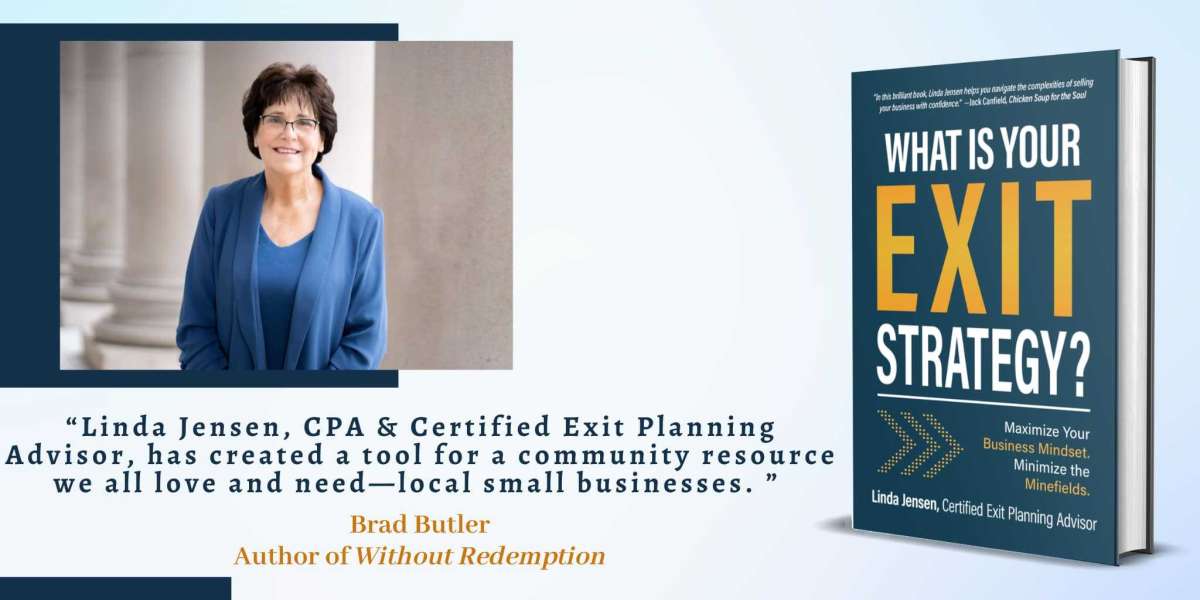One of the biggest mistakes entrepreneurs make is allowing their business to become overly dependent on their presence. When the business relies on you to function, it’s not only more stressful but also more challenging to sell or transition to new leadership.
In my book, What is Your Exit Strategy?, I explore why building a self-sustaining business is a key part of a successful exit strategy. Here are some top reasons to start creating a business that thrives independently—and how doing so sets you up for a better exit.
Increases Buyer Appeal by Minimizing Transition Risk
Buyers and investors seek businesses with a strong team and effective systems already in place. They’re looking for a company that can continue to grow without needing the founder’s daily involvement. By documenting processes, training leaders, and automating workflows, you’re creating a more attractive business that reduces transition risks.
In What is Your Exit Strategy?, I cover actionable steps for building a business that’s truly buyer-ready, even if selling is years away.
Improves Your Work-Life Balance Now
Many business owners don’t realize that building a self-sustaining company can improve their lives long before they sell. With clear processes, a capable team, and a reliable structure, you can delegate confidently, reclaiming time and energy for other pursuits.
The book includes practical tips on how to gradually delegate tasks, develop management skills within your team, and streamline daily operations. Not only does this reduce your stress, but it also shows potential buyers that the business is well-managed and scalable.
Protects Your Business in Times of Crisis
Life can be unpredictable, and having a self-sustaining business means your company is more resilient. Should something unexpected happen that pulls you away temporarily, your business is equipped to handle the disruption without missing a beat.
In What is Your Exit Strategy?, I discuss how to design a crisis-resistant business and create processes that keep everything running smoothly. These tips help you increase your business’s resilience now—and ensure it’s ready for a successful exit down the line.








